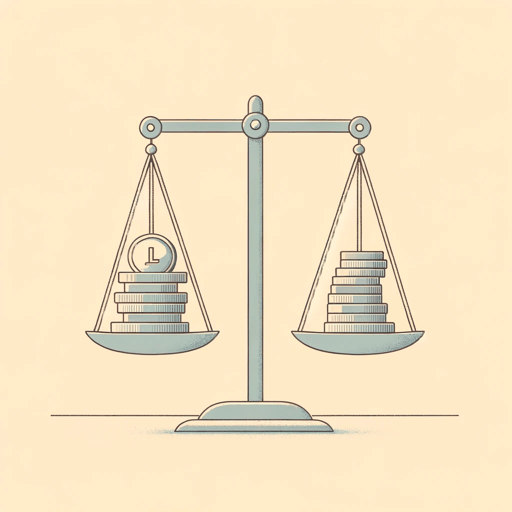70 pages • 2 hours read
Henry GeorgeProgress and Poverty
Nonfiction | Book | Adult | Published in 1879A modern alternative to SparkNotes and CliffsNotes, SuperSummary offers high-quality Study Guides with detailed chapter summaries and analysis of major themes, characters, and more.
Book 10, Chapters 1-5Chapter Summaries & Analyses
Book 10, “The Law of Human Progress”
Book 10, Chapter 1 Summary: “The Current Theory of Human Progress—Its Insufficiency”
It is important to identify the law of human progress. According to Herbert Spencer, civilization is “progress from an indefinite, incoherent homogeneity to a definite coherent heterogeneity” (476). A typical explanation of the civilizational differences is rooted in “difference in capacity”—for instance, the difference between intelligence and ingenuity and ignorance and laziness (476). In this framework, “the civilized races are the superior races” (476). Civilizational progress arises in a world that is “the struggle for existence,” and people are pushed “to new efforts and inventions” (477).
However, this theory of progress does not explain the “fixed, petrified civilizations” around the world (479). For instance, both the inhabitants of the Indian subcontinent and China were far more advanced when the Europeans “were savages” (480). Then, however, their progress seems to have stopped (480). Every civilization has a period of growth, stagnation, and decline as a “universal rule” (482). The cyclical rise and fall of civilizations means that “hard-won progress has been lost to the race forever” (484). In this way, new civilizations arise, triumph, and then fall: “It is the barbarians of the one epoch who have been the civilized men of the next” (484). It appears that “the conditions produced by the growth of civilization itself” contain the reason for its decline (486).
Featured Collections
Books on Justice & Injustice
View Collection
Business & Economics
View Collection
Contemporary Books on Social Justice
View Collection
Equality
View Collection
Philosophy, Logic, & Ethics
View Collection
Politics & Government
View Collection
Popular Study Guides
View Collection
Poverty & Homelessness
View Collection

